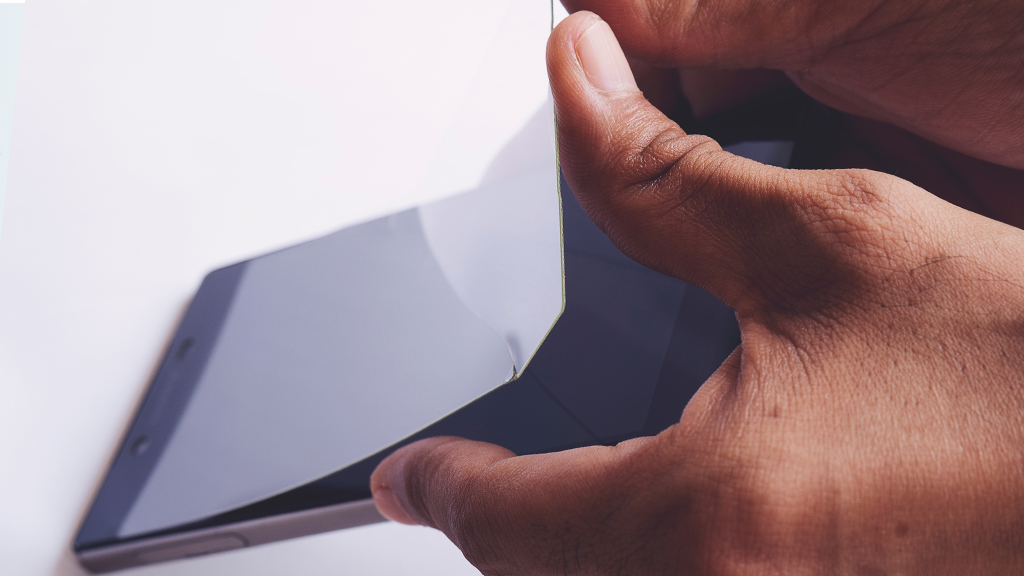Source: Linktesting Instruments Co.,Ltd.

Screen protectors are usually affixed to the screens of mobile phones, computers and other electronic products. Their function is to protect the screen from water and dust, while preventing fingerprints from remaining on the screen. Its materials usually include PP, PVC, PET and AR, etc.
Because it needs to be pasted on a mobile phone or computer screen, the protective film should have certain adhesive properties. If the adhesiveness of the screen protector is poor, that is, the adhesion of the screen protector to the screen is low, the protective film may roll up or bubbles may remain, which not only affects the appearance, but may even cause the screen protector to fall off; if the screen The adhesiveness of the protective film is too high. When the screen protector is removed from the screen after a period of use, some of the adhesive components will stick to the phone screen, making it inconvenient to replace the screen protector later. Therefore, a screen protector with appropriate adhesiveness can not only protect the screen, but also facilitate user replacement.
Detection methods and test instrument
Testing indicators for the adhesiveness of screen protectors include initial tack, sustained tack, peel strength, etc. There are currently no relevant standards for protective films in China. This article refers to GB/T 2792-2014 "Test Method for Peel Strength of Adhesive Tapes" Test of screen protector adhesiveness.
For testing, the LTS-05 intelligent electronic tensile testing machine independently developed by Link Testing can be used.
Principle of the equipment: The equipment is equipped with upper and lower chucks for clamping the sample. The upper chuck can move according to the preset test speed of the equipment, while the lower chuck is fixed. During the test, the two ends of the sample are clamped to the upper and lower chucks respectively, and the two chucks move relative to each other. The force sensor configured on the upper chuck and the displacement sensor configured inside the machine will record the changes in the sample in real time. The force value and displacement generated during the process are used to finally calculate the peeling force, tensile strength, tearing, deformation rate and other performance indicators of the sample.
Test samples and test process
Test sample: a certain brand of screen protector.
Experimental procedure:
(1) Cut 5 samples with a width of 25 mm from the adhesive part of the screen protector sample.
(2) Remove the protective layer of the sample, stick the sample to the center of the clean stainless steel plate, keep the other end of the sample from being attached to the stainless steel plate (the free end), and the two sides of the sample should be in contact with the two long sides of the stainless steel plate. parallel.
(3) Use a roller to roll the surface of the sample four times along the length direction, and then place the sample for 10 minutes.
(4) Clamp the free end of the sample and the stainless steel plate in the upper and lower clamps of the equipment respectively, so that the peeling surface coincides with the center line of the upper and lower clamps.
(5) Set the test speed, sample width and other parameter information, click the test option, the test starts, the sample peels off, the equipment records the force value and curve during the peeling process in real time, after the test is completed, the equipment automatically calculates the peel strength of the sample .
Test results and analysis
The peel strength test results of five samples cut from the screen protective film samples were 5.758 N/cm, 5.125 N/cm, 5.869 N/cm, 5.334 N/cm, and 5.547 N/cm.
For more details please visit www.linktesting.org